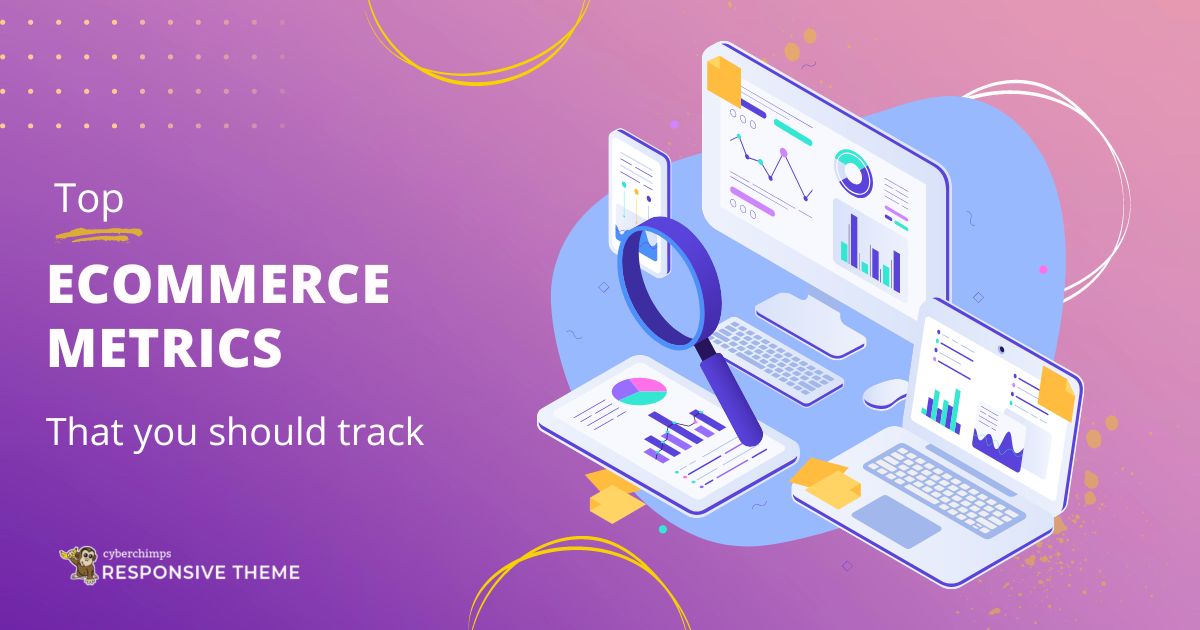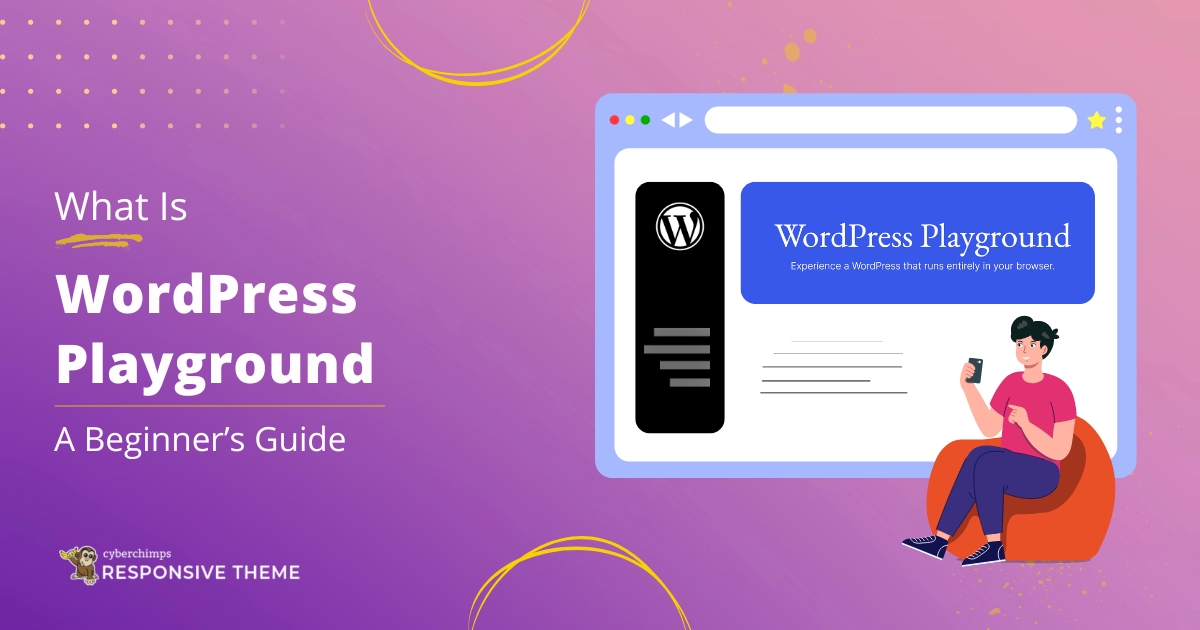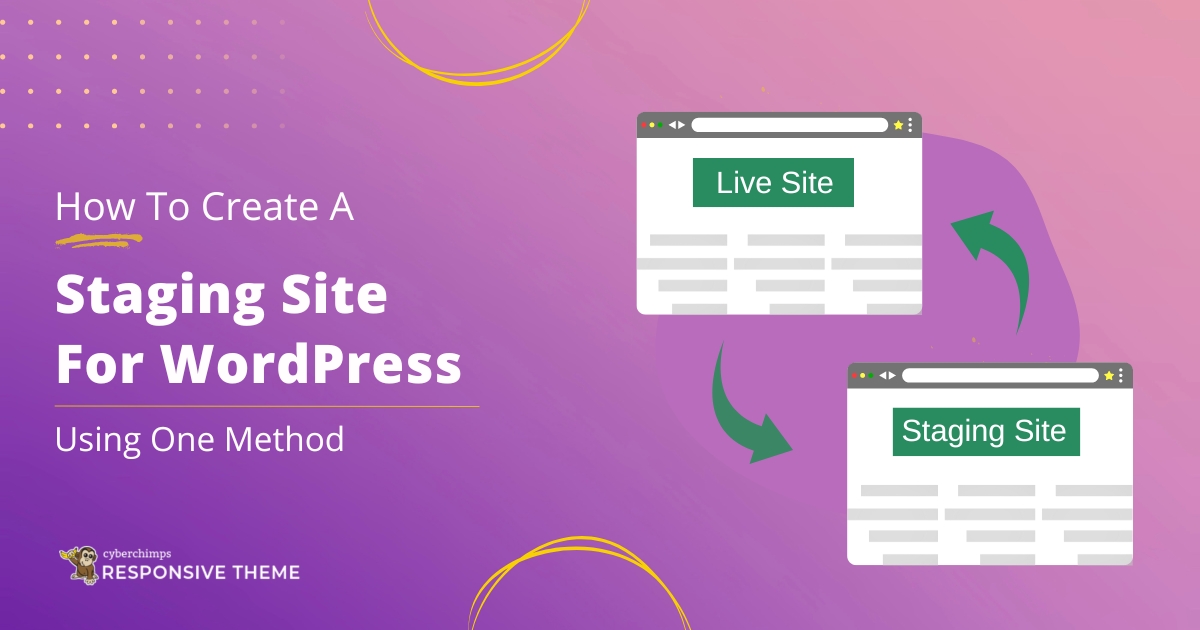Have you ever wondered how eCommerce metrics help you to track the performance of your business?
In this modern era of digitalization, eCommerce is emerging drastically to become an integral part of the business. Many companies are on their way to shifting to online businesses.
Here eCommerce metrics come into the picture. They’re nothing but key performance indicators (KPIs) that determine the performance of your online business.
In this article, we’ll explore the critical eCommerce metrics you should track to ensure your online business is running successfully.
Let’s dive right into the content.
- What are eCommerce Metrics?
- Top eCommerce Metrics That You Should Track
- 1. Conversion Rate (CVR)
- 2. Total Revenue
- 3. Average Order Value (AOV)
- 4. Customer Lifetime Value (CLV)
- 5. Shopping Cart Abandonment Rate
- 6. Traffic Sources
- 7. Customer Retention Rate
- 8. eCommerce Churn Rate
- 9. Average Time on the Product Page
- 10. Cost Per Acquisition (CPA)
- 11. Refund Rate
- 12. Email Open Rate
- 13. Net Promoter Score
- 14. Top Products Sold
- How Often Must You Check the eCommerce Metrics?
- Conclusion
What are eCommerce Metrics?
Any quantitative, consistently described way of measuring the effectiveness of a website is called a metric.
Ecommerce metrics are standards or sets of measurements that help you to track and analyze the performance of an online store or ecommerce business.
These metrics provide insights into various aspects while operating an online store.
Now let’s discuss the most important eCommerce metrics that help track your business performance.
Top eCommerce Metrics That You Should Track
To understand your organization’s performance, we’ve brought you the following vital eCommerce metrics you need to track frequently.
Here are the top eCommerce metrics you should track:
1. Conversion Rate (CVR)
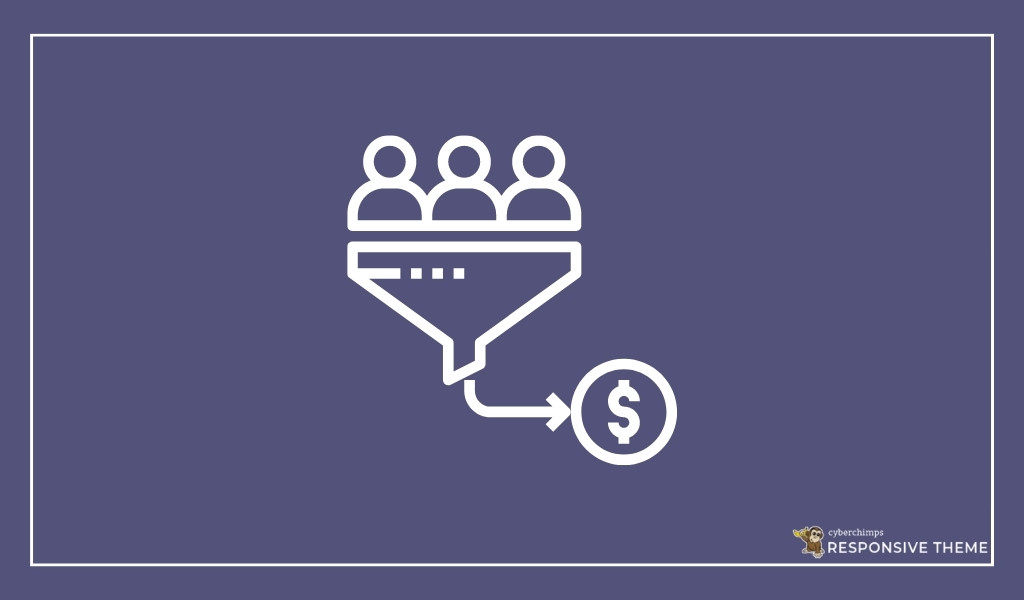
The conversion rate is one of the essential metrics.
It measures the percentage of customers coming to your website who complete a desired action, such as purchasing or filling out a form.
CVR is the abbreviation for conversion rate.
The formula for CVR:
CVR = (Number of Sales / Number of Visitors) x 100
For example, if you’ve 500 visitors coming to your site and 50 of them buy your product, your conversion rate is 10%.
This metric has a direct effect on the success of your online business. A higher conversion rate means higher revenue. A lower conversion rate indicates the need to improve the overall user experience or marketing strategies.
Several factors influence eCommerce conversion rates:
- Website Design and Usability: An attractive website design and user-friendly website is more likely to keep visitors engaged and encourage them to complete a purchase.
- Page Loading Speed: Slow-loading pages can result in visitors abandoning their shopping carts and moving to other websites, so site speed is also crucial.
- Product Descriptions and Image Quality: Providing accurate, detailed descriptions and high-quality images can help customers make informed purchasing decisions, reducing the likelihood of negative reviews or returns.
In addition, social proof, such as customer reviews, ratings, and testimonials, can boost customer confidence and drive conversions.
2. Total Revenue
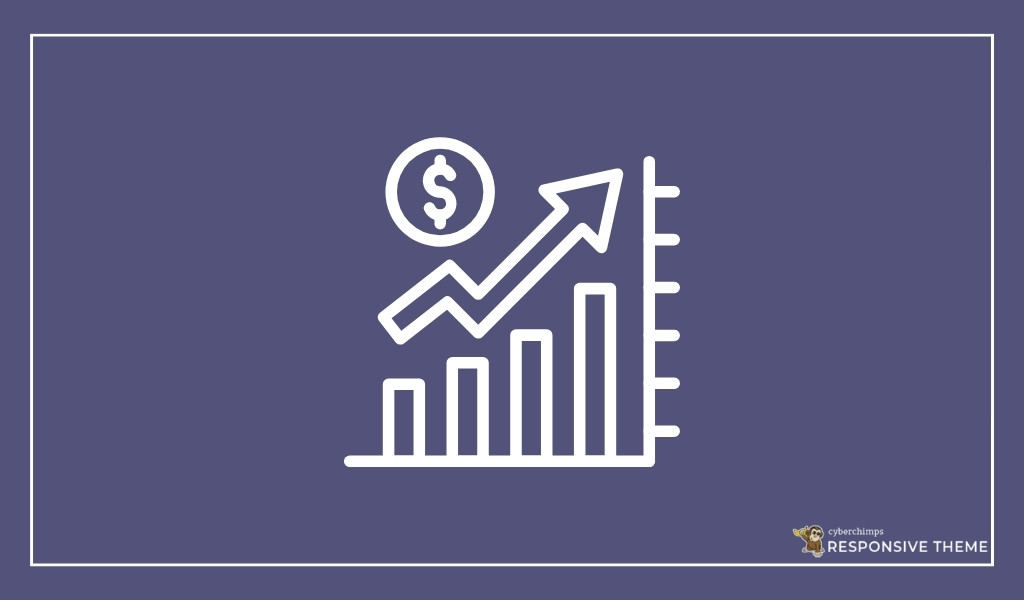
Total revenue in ecommerce refers to the amount of money a business generates from selling goods or services over a period.
You can calculate total revenue by multiplying the total units sold and the selling price per unit.
The formula is
Total Revenue = Total Number of Units Sold * Price Per Unit
It indicates the overall health and success of your business.
A high total revenue means the business generates many sales and is likely growing. In contrast, a low total revenue may indicate that the business needs to change its strategy to increase sales.
Total revenue also helps calculate other vital metrics such as average order value (AOV) and customer lifetime value (CLV).
3. Average Order Value (AOV)
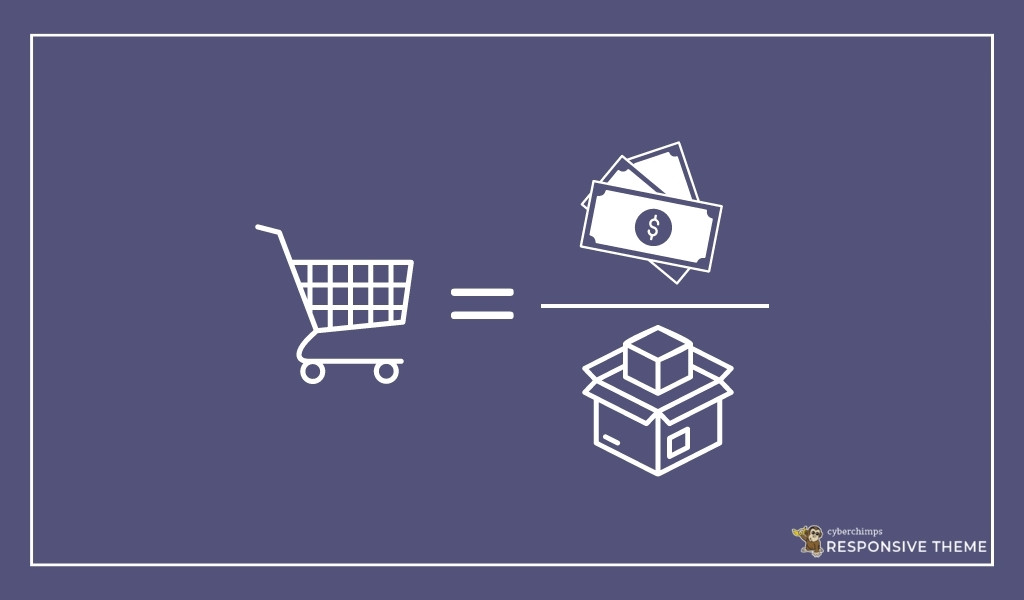
Average order value (AOV) is another important metric to track.
It measures the average value of each purchase made on an ecommerce website.
You can calculate it by dividing the total revenue generated by the number of orders placed during a specific period.
The formula is:
Average Order Value = Total Revenue / Number of Orders
A higher AOV indicates that customers spend more per transaction, positively indicating customer loyalty and engagement. It also means that your business is making a higher profit.
Tracking your AOV is essential as it can help you identify trends in customer spending and adjust your marketing strategies accordingly.
4. Customer Lifetime Value (CLV)
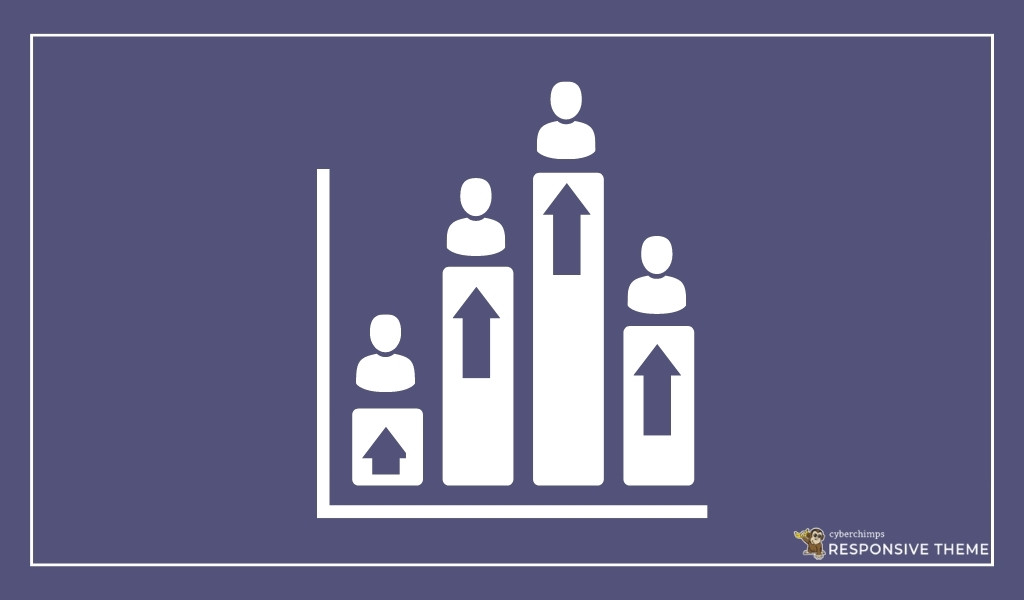
The customer lifetime value is a crucial parameter to your eCommerce business.
CLV considers how much you expect a unique customer to spend on your site based on their interaction with your business.
Tracking CLV is important because it helps identify your most valuable customers and develop strategies to keep them returning.
To calculate CLV, multiply the AOV by the average purchases a customer makes in a year. Then multiply that by the average years a customer stays with your business.
The formula is:
CLV = Average Order Value * Average Purchase Frequency * Average Customer Lifespan
For example, if your AOV is $50, the average purchase frequency is 4, and the average customer lifespan is five years, your CLV would be $1000 ($50 x 4 x 5).
If you want to increase your customers’ lifetime value, there are several strategies you can use. These include:
- Providing a memorable initial experience
- Soliciting feedback from customers
- Sending periodic reminders through newsletters
- Expressing gratitude for their loyalty with special discounts and gifts.
By implementing these tactics, you can encourage customers to stay longer with your products and become repeat buyers, increasing their overall value to your business.
5. Shopping Cart Abandonment Rate

The shopping cart abandonment rate is the percentage of customers who add items to their cart but do not purchase.
It’s a vital indicator of the effectiveness of an online store’s checkout process that can significantly impact its sales and revenue.
To calculate your shopping cart abandonment rate, divide the number of completed purchases by the number of carts created and multiply by 100.
The formula is:
Shopping Cart Abandonment Rate = (Number of Completed Purchases / Number of Carts Created) * 100
Reducing checkout abandonment rates is critical for online retailers who want to increase their sales and revenue.
Some of the strategies for reducing shopping cart abandonment rates include:
- Simplifying the checkout process
- Offering free shipping or discounts on large orders
- Ensuring that the checkout process is secure and user-friendly
Implementing these strategies can increase customers’ likelihood of completing their purchases and ultimately boost your sales and revenue.
6. Traffic Sources

Tracking your traffic sources is an integral part of eCommerce business. It can help you understand where your customers are coming from and adjust your marketing strategies accordingly.
Traffic sources include direct, organic, email, social media, and referral traffic.
To track your traffic sources, you can use plugins like Google Analytics that help monitor your website traffic and identify the sources of that traffic.
You can then use this information to adjust your marketing strategies to focus on the sources driving the most traffic.
7. Customer Retention Rate

Returning customers are the customers who continue to make purchases from a company over some time. The customer retention rate is the rate at which customers stay with a business for a given time.
CRR is an important ecommerce metric to track. It can help you identify your most loyal customers and develop strategies to keep them returning to your site.
To calculate your customer retention rate, divide the number of customers who make a repeat purchase by the total number of customers and multiply by 100.
Customer Retention Rate = (Number of Customers with More Than One Order / Total Customers ) * 100
Several factors can influence first-time customers to purchase your products multiple times. They include:
- Engage your customers with accessories, expert assistance, and loyalty programs and provide them with dedicated quality support.
- Solicit customer feedback helps determine your Net Promoter Score, giving you a better understanding of how happy your customers are.
- Send newsletters regularly to your customers so they know about your product updates, new features, and services.
- Send reminder emails to renew the product before the customer’s product is about to expire.
- Provide additional discount rates to your customers for their next order.
Always treat your existing customers with utmost attention, as we all know that returning customers are far more important and profitable than acquiring new customers.
8. eCommerce Churn Rate

The percentage of customers or members that discontinue their use of a product or service over a specific period of time gives the eCommerce churn rate.
It’s an eCommerce metric that helps you track how many customers leave your business, how often, and why.
You can calculate the churn rate as a positive and negative churn measure.
Positive churn is when a customer upgrades to a more expensive product or buys additional products. In contrast, negative churn happens when a customer downgrades to a cheaper plan or stops the renewal.
9. Average Time on the Product Page
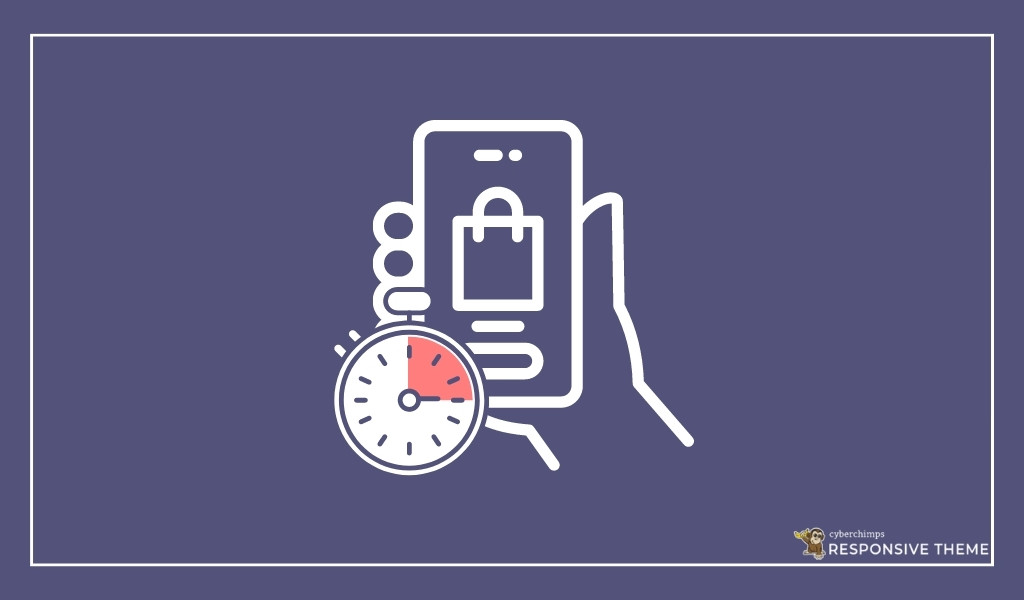
The average time on the product page refers to the time your customer spends on your product page during a single visit.
Tracking this metric helps you better understand your customer’s engagement with your products. A longer average time on the page indicates that your products are grabbing the customer’s eyes.
To calculate your average time on the product page, divide the total time spent on your product page by the number of visitors.
10. Cost Per Acquisition (CPA)
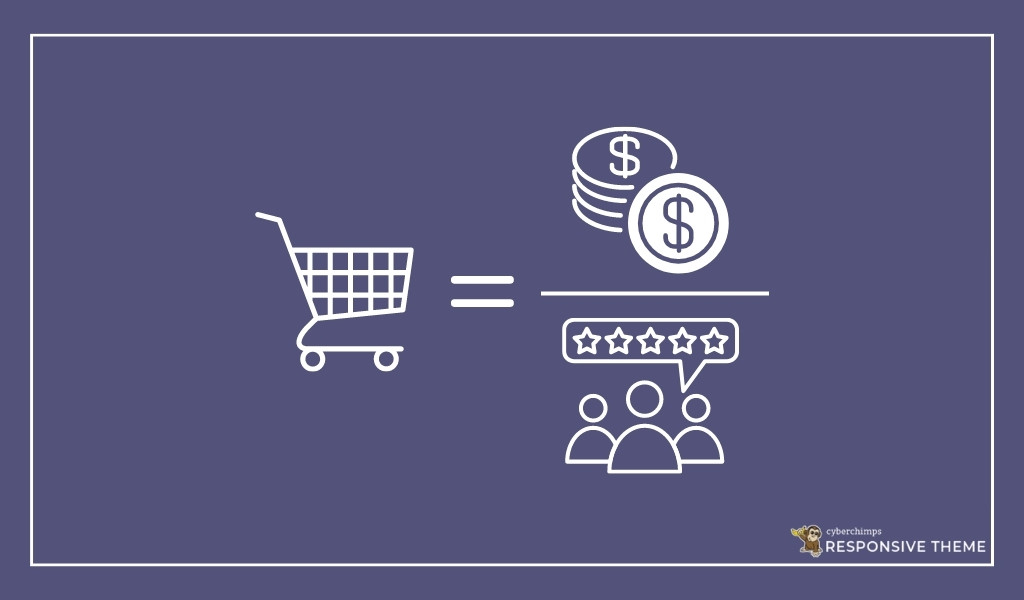
Cost per acquisition is the money you spend on advertising and marketing activities to acquire a new customer.
Tracking your CPA is crucial as it helps you measure business development efficiency.
To calculate your CPA, divide the total amount spent on advertising and marketing by the number of new customers acquired.
The formula is:
Cost Per Acquisition = Total Amount Spent on Marketing / Number of New Customers Acquired
CPA helps you evaluate your marketing strategies’ effectiveness and make informed decisions about future investments.
11. Refund Rate

The refund rate refers to the customers who return a product and claim a refund.
This eCommerce metric is, in fact, the most crucial parameter that helps you to understand if your customers like the products.
When the refund rate is high, it shows that the customers are facing issues with your products. In this case, you must analyze the product thoroughly and develop reasons or solutions for making it a better experience.
To calculate your refund rate, divide the number of refunded or returned orders by the total number of orders and multiply by 100.
12. Email Open Rate

The percentage of recipients who open an email you send out is termed the email open rate.
This is an important metric that helps you to understand the effectiveness of your email marketing campaigns.
A high open rate reflects that your subject lines when sending emails are catchy, while a lower open rate is a sign that your subject lines are not grabbing the eyeballs.
Email open rate lets you improvise and bring in out-of-the-box subject lines for your mailers.
To calculate your email open rate, divide the number of people who opened your email by the number of people who received it and multiply by 100.
13. Net Promoter Score
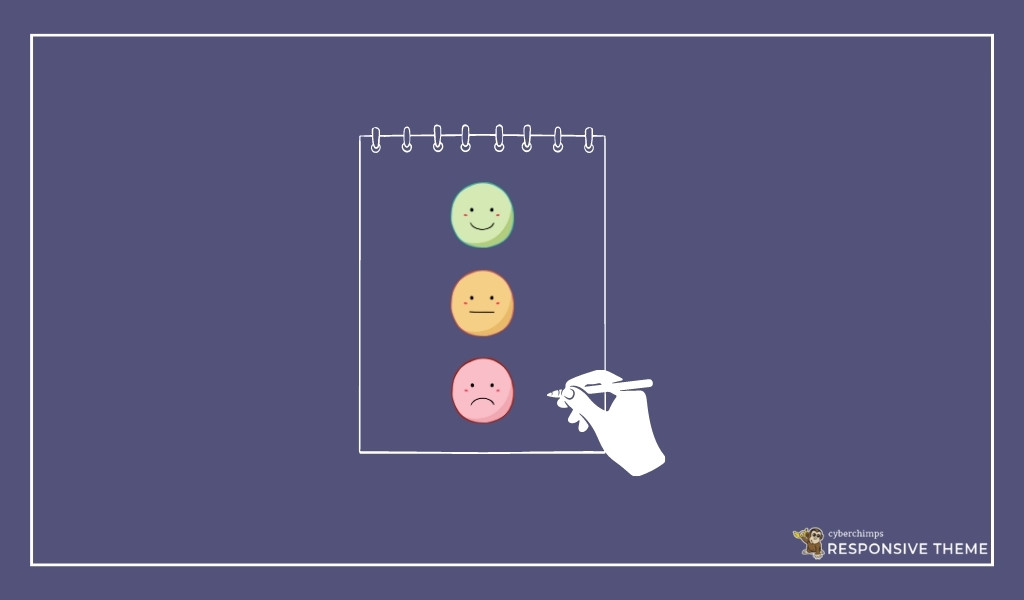
The Net Promoter Score measures customers’ satisfaction with your products and services. In other words, it measures how likely a customer is to recommend a product or service to their friends or family.
NPS is a vital parameter that helps you understand the overall satisfaction of your customers. This metric lets you decide whether you sell a top-notch or mediocre product.
To calculate NPS, you can rate your customers’ satisfaction on a scale of 1-10 with a simple question, “How satisfied are you with your purchase?”
You can divide the responses into three categories:
- Promoters: Customers who gave a rating of 9-10
- Passives: Customers who gave a rating of 7-8
- Detractors: Customers who gave a rating between 0-6
To calculate NPS, subtract the percentage of detractors from the percentage of promoters. NPS can range from -100 (all customers are detractors) to +100 (all customers are promoters).
NPS = % of Promoters – % of Detractors
If you have 40% promoters, 40% passives, and 20% detractors, you will calculate 40 – 20 to get a net promoter score of 20.
Anything ranging above +100 is a good sign for your business.
The NPS provides an easy-to-understand benchmark for measuring customer satisfaction and loyalty and can be used to compare performance across different products or services.
14. Top Products Sold

If you’re running an organization by selling multiple products, this eCommerce metric has a significant role to play.
Having an idea of which product is your bestseller can help you set up different strategies for promoting that specific product to get a wider reach.
It provides insights into the most popular products among your customers and can help your business take a crucial step in product development.
How Often Must You Check the eCommerce Metrics?
The frequency at which you should check your ecommerce metrics depends mainly on the metric type. You can divide the eCommerce metrics into five categories based on the metric type.
1. Daily
Revenue and the number of visitors to your website are two key metrics you must track daily.
Every day, how many visitors come to your website and how much revenue you’re making gives you a sense of whether you’re going in the right or wrong direction.
2. Weekly
Multiple eCommerce metrics require weekly tracking to ensure your business’s state is healthy. These include average order value(AOV), impressions, newsletter click-through rate, and refund rate.
3. Bi-Weekly
To take a broader perspective beyond weekly fluctuations, using bi-weekly metrics is more appropriate when dealing with larger sample sizes as it minimizes the impact of any short-term variations that may occur within a week.
For example, the metrics like shopping cart abandonment rate, checkout abandonment rate, website speed, and the average time on the product page need to be accessed twice weekly for better results.
4. Monthly
Monthly metrics refer to performance indicators that you measure over one month. The statement suggests that a more extended period of data is necessary to measure these metrics accurately.
For example, eCommerce churn rate, eCommerce conversion rate, e-mail open rate, and reach are metrics that you should track monthly.
5. Quarterly
Quarterly metrics are the most strategic and include activities that demonstrate business growth.
For example, customer lifetime value, customer retention rate, net promoter score, and subscription rate are a few metrics you must track quarterly.
Conclusion
In conclusion, tracking the right ecommerce metrics is crucial for the success of your online business.
Monitoring and analyzing these metrics regularly helps you to identify areas for improvement and thereby leads to an increase in revenue.
Every organization must track these critical eCommerce metrics: website speed, click-through rate, impressions, and website traffic.
If you liked reading this article, don’t forget to check our other engaging articles:
- What is WooCommerce? Beginner’s Guide to Sell with WordPress
- What Is An E-Commerce Website & How To Build One (2023)
- WooCommerce vs Shopify vs Magento: A Detailed Comparison
Need an eCommerce website? Grab the Responsive theme now and create a beautiful eCommerce website!

